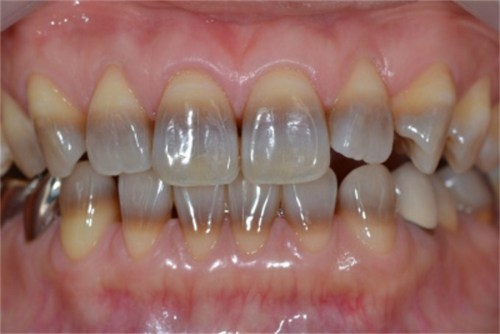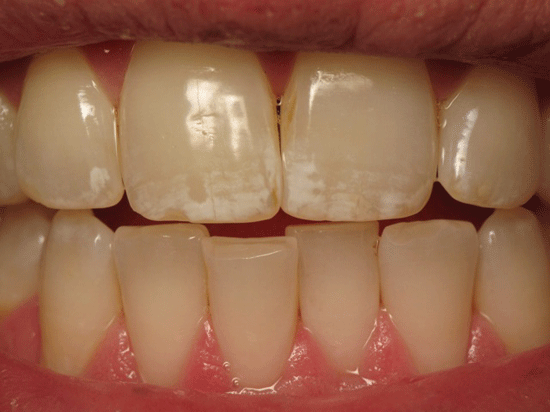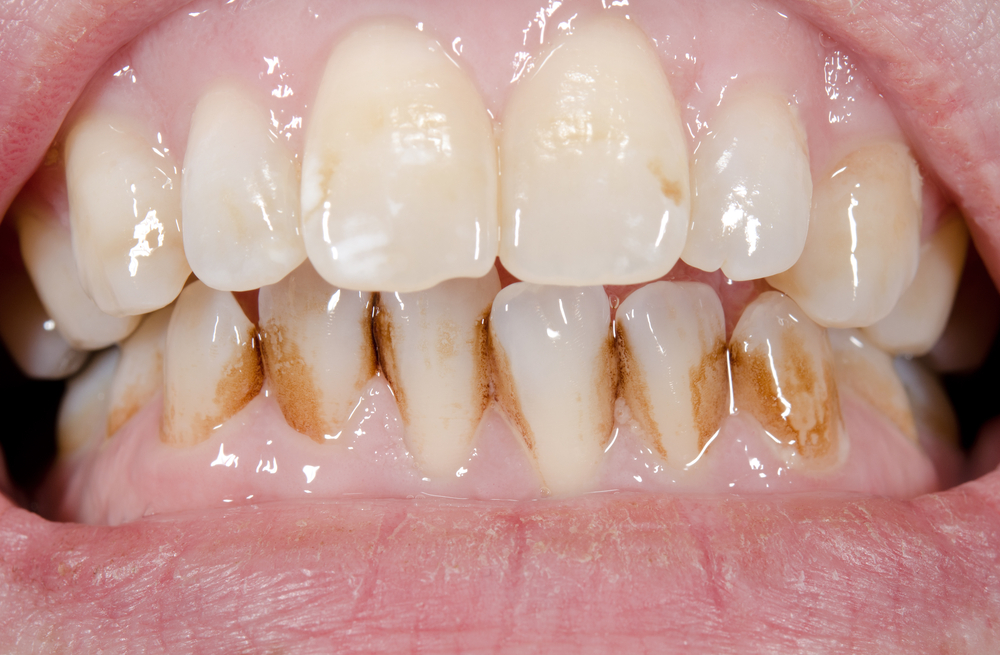Our teeth can stain or discolour for a number of reasons. These can be a result of different foods and drinks, poor oral hygiene, use of medication, aging and injury to teeth.
Types of Staining
Three main categories of tooth discolouration have been identified:
- Extrinsic staining – is staining on the surface of the tooth. It occurs when stain particles build-up in the protein film that covers the tooth enamel
- Intrinsic staining – is staining below the surface of the tooth. It occurs when stain-causing particles accumulate within the tooth enamel
- Age-related staining – can be due to both intrinsic and extrinsic staining. As we age, our tooth enamel becomes thinner allowing the next layer called the dentine to show through (dentine is more yellow in colour) and because of this, our teeth appear more yellow. It can also occur due to a longer exposure to stain-causing habits.
Causes of Teeth Staining
FOODS
- Brightly-coloured berries
- Beetroot
- Richly-coloured sauces (curry sauces, tomato-based sauces, soy sauce)
DRINKS
- Coffee
- Tea
- Dark sodas
- Red wine
TOBACCO
- Cigarettes and chewing tobacco
ORAL HYGIENE
- Poor dental hygiene (lack of adequate brushing and flossing)
TRAUMA
- Damage from a fall for example, can affect enamel formation in developing teeth
- Trauma to adult teeth
DISEASE
- Can affect enamel and dentine formation
- Certain illnesses or infections in a pregnant mother may affect enamel development in the child
MEDICAL – some types of medications can contribute to staining:
- High blood pressure medication
- Chemotherapy and radiation
- Antihistamines
- Antipsychotics
- Mouthwash containing chlorhexidine
- Antibiotics (tetracycline and doxycycline are known to discolour teeth while they are still developing)

ENVIRONMENT
- Excessive fluoride either from environment sources (naturally high levels in water) or excessive use with fluoride-containing products (rinses, toothpastes, supplements)

What can be done?
Adequate oral hygiene including both brushing and flossing, and six monthly professional cleaning can reduce and remove most extrinsic stains. It is also important to limit or avoid consumption of teeth-staining food and beverages. Intrinsic staining can be more difficult to remove/correct and may require professional bleaching of the tooth/teeth affected. If a stain cannot be removed, the stained area of the tooth could be removed and filled, or covered with either a composite veneer or in some cases, a porcelain veneer or crown.
References
- Teeth Stains: Causes, Types, and How to Remove Teeth Stains, https://crest.com/en-us/oral-health/conditions/teeth-stains/teeth-stains-causes-types-how-remove-teeth-stains (accessed 02/07/2019)
- 8 habits that can stain teeth, https://www.bupadental.com.au/blog/article/8-habits-that-can-stain-teeth (accessed 02/0719)
- Tooth Discolouration, https://my.clevelandclinic.org/health/diseases/10958-tooth-discoloration (accessed 04/07/2019)

